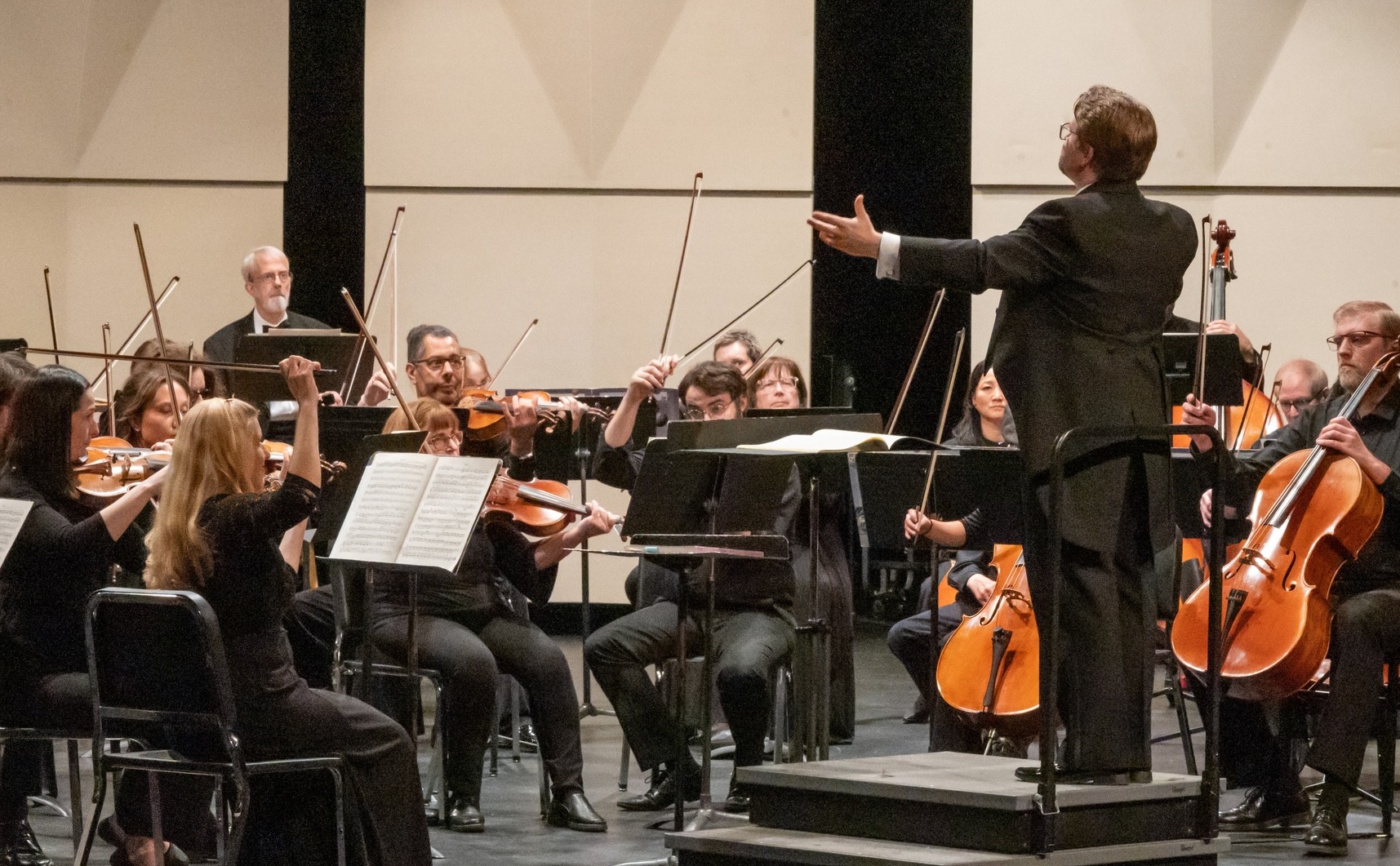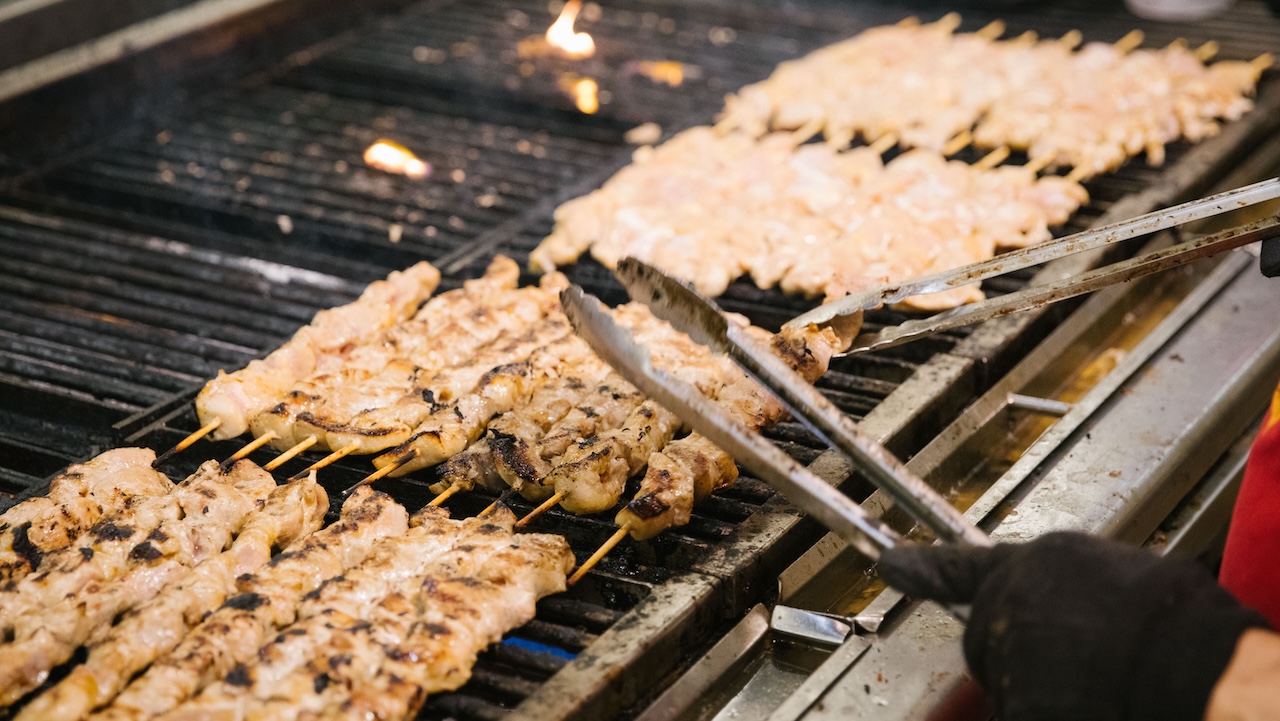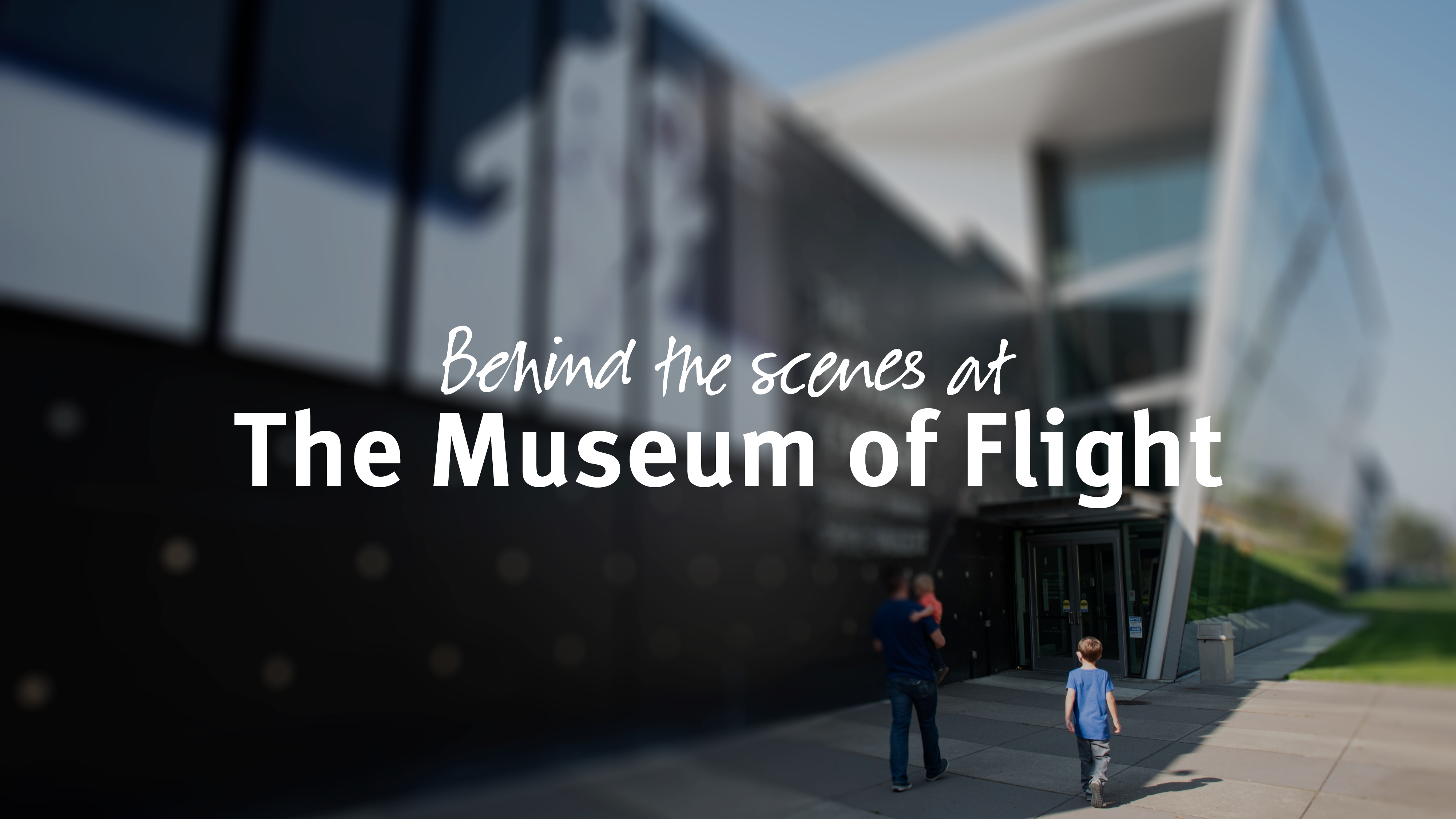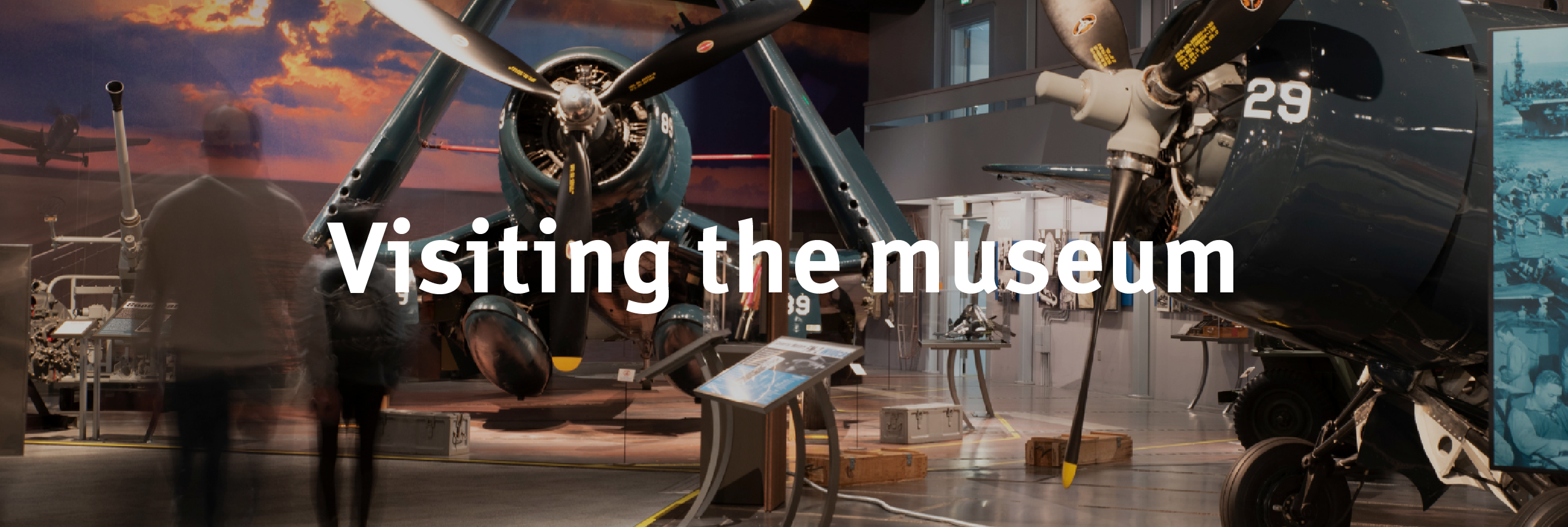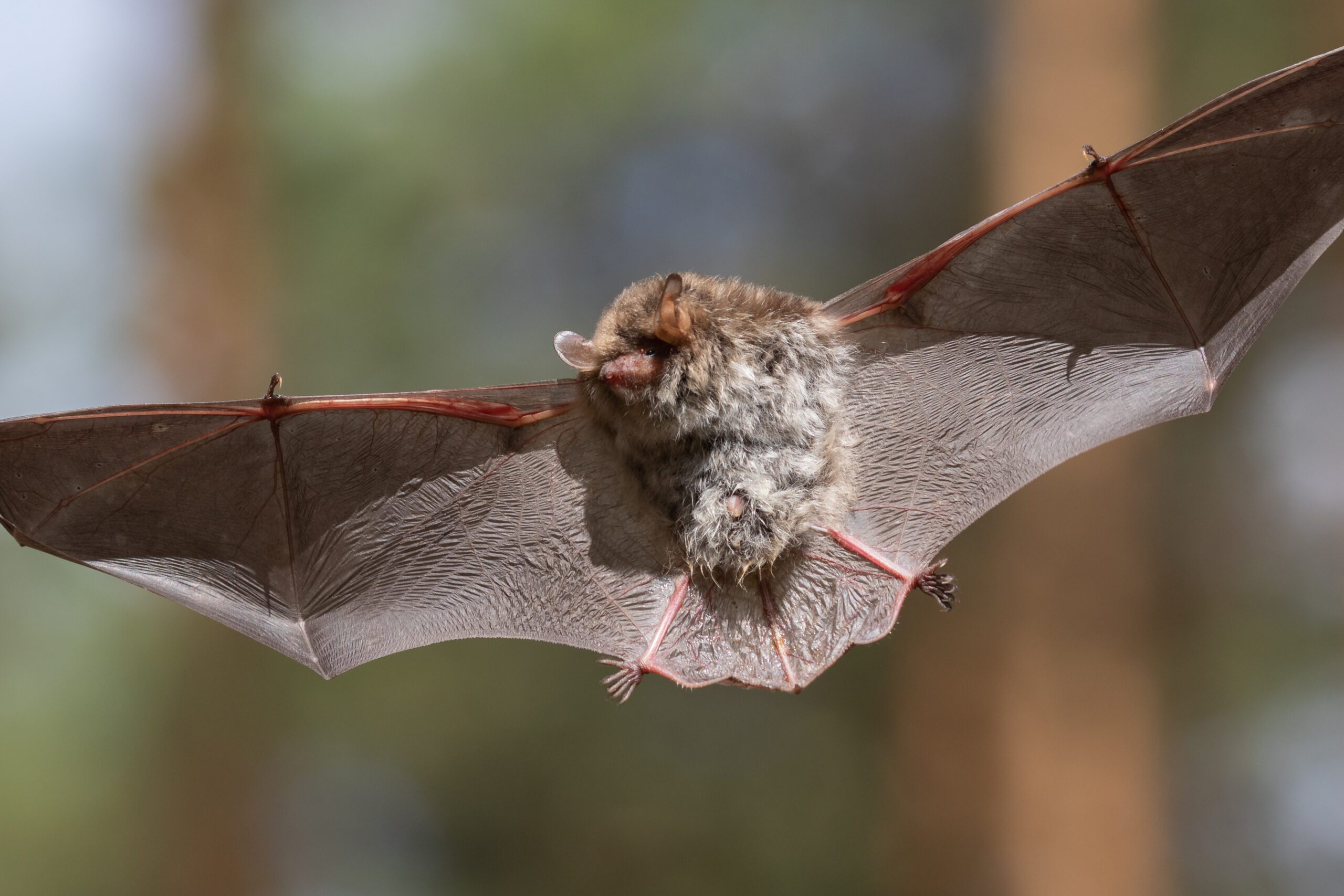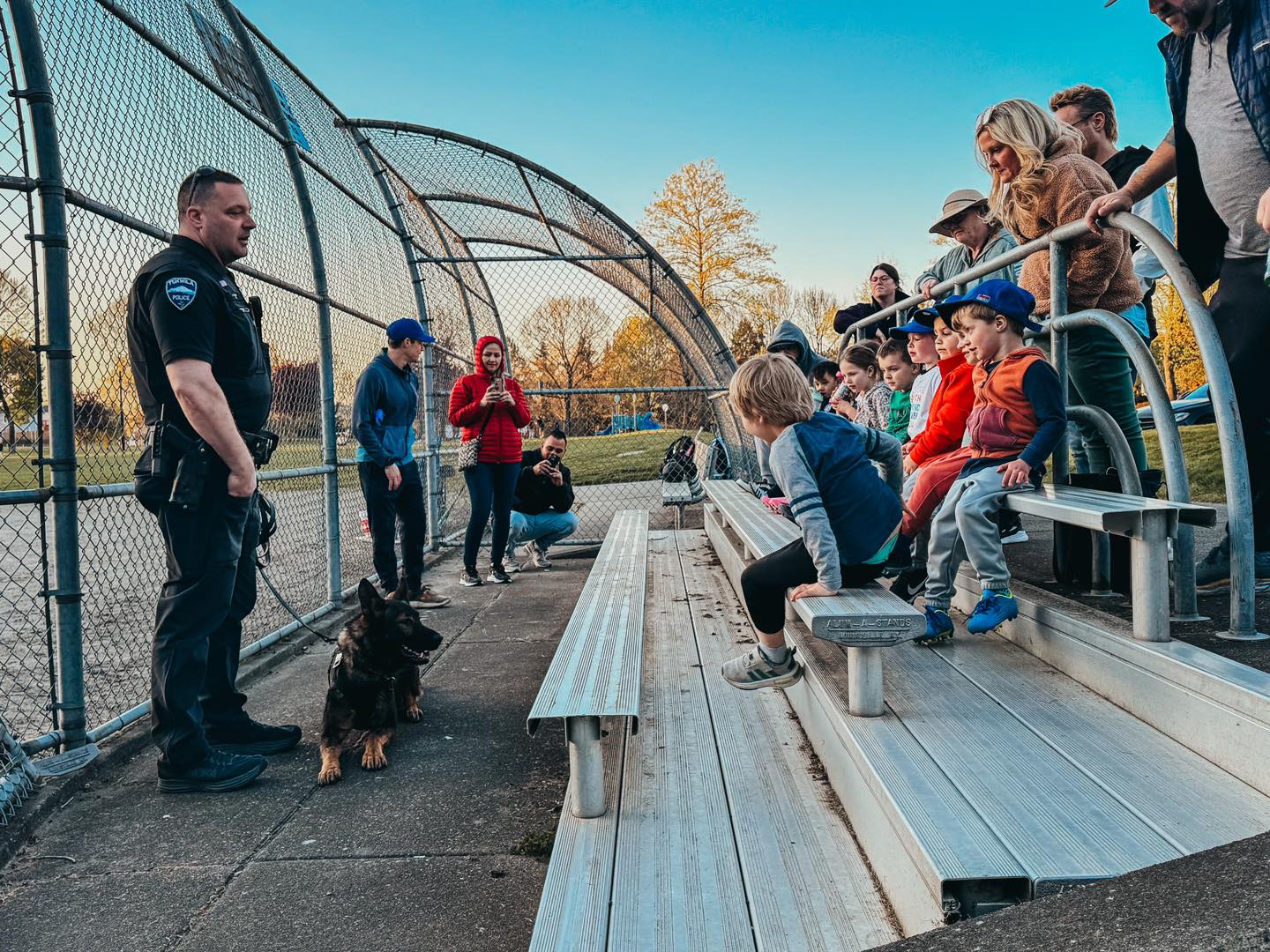
The long dark has officially arrived. With 4:30pm sunsets and a whole lot of gray, it’s easy to slip into hibernation mode—especially when the couch is calling your name.
But if you’re looking for ways to keep the kids moving (or yourself from sinking permanently into blanket season), Tukwila has you covered.
Here are ten indoor sporty adventures to help you stay active, burn some energy, and have a blast even when it’s gloomy outside.

1. Swim some laps at Tukwila Pool
Rain or shine, the Tukwila Pool is the perfect place to warm up and get moving.Enjoy daily lap swims, water aerobics, weekend family swim sessions, and a full lineup of youth programs—from swim lessons to competitive swim teams. It’s an easy win for kids and adults who just need to move.
2. Join an Indoor Soccer League at Starfire Sports
If turf is more your style, Starfire has indoor soccer options for every age and skill level. Adults can drop in for Friday night open play, try beginner training sessions, or join one of the indoor leagues. Kids have even more choices, including Soccer + STEM classes and both mini and full youth leagues. It’s the region’s soccer hub for a reason.
3. Pickleball at the Tukwila Community Center
Pickleball fever is real—and TCC’s indoor courts make it easy to play no matter the weather. Weekly drop-in sessions mean you can show up, grab a paddle, and get a fun full-body workout that feels more like a game than exercise.

4. Hit the bowling lanes
Sometimes you want something a little more laid-back—but still active enough to count. Bowling fits the bill. From neon-lit lanes to classic family-friendly alleys, you can book a lane, drop in with friends, or throw a full-blown party. Tukwila bowling locations include Bowlero, Round 1, and the Family Fun Center.
Bonus: you’ll definitely feel it in your glutes tomorrow.
5. Batting Cages & Mini Golf at Tukwila Family Fun Center
Step up to the plate at indoor batting cages with softball and baseball options from 40 mph to 70 mph. Or slow things down with two colorful 18-hole mini golf courses that stay open rain or shine. It’s nostalgic, active, and perfect for both kids and adults.
6. Go Full Throttle at K1 Speed
For a different kind of adrenaline, buckle up at K1 Speed’s indoor go-kart racing. Zip through twists and turns on electric karts that are fast, smooth, and seriously fun. Kids, teens, adults—everyone walks out grinning.
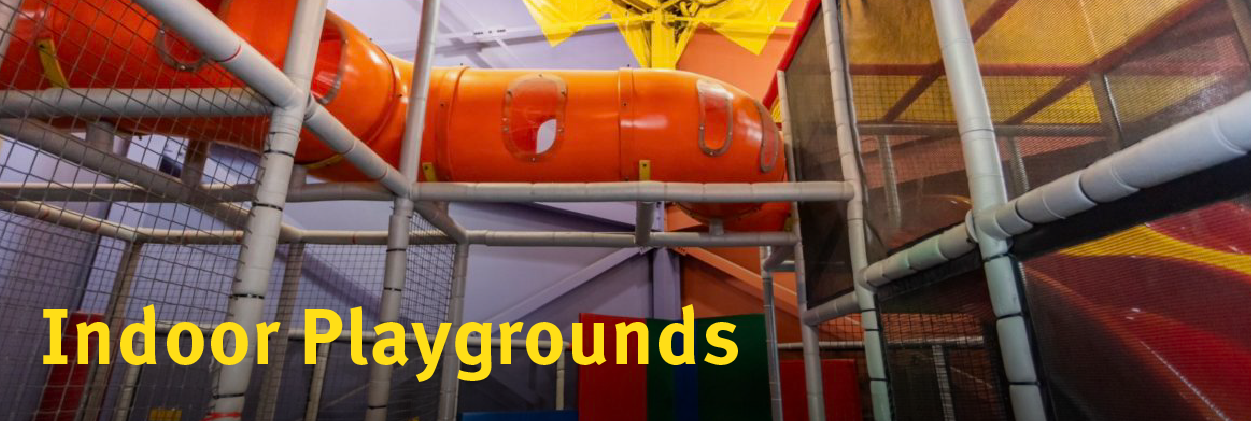
7. Sky Zone Trampoline Park
Indoor playgrounds don’t just have to be for the little kiddos. If the big kids are literally bouncing off the walls at home, redirect that energy to Sky Zone. They can jump, spin, flip, and launch themselves into foam pits while you enjoy a break from the chaos. Great for parties or spontaneous “we need to get out of the house” days. With dedicated zones and play areas for big and little kids alike.
8. Kidopolis Playland at Family Fun Center
Slides, tunnels, climbing structures—Kidopolis is an indoor adventure zone built for the under-10 crowd. It’s spacious, bright, and guaranteed to tire out even the most high-energy kiddos. Parents call it a lifesaver for a reason.
9. Safari Play Place at Westfield Southcenter
Let the kids roam free at Safari Place Place, an indoor jungle-themed play space inside the mall. It’s perfect for younger children in the under-10 crowd who want room to explore, climb, and play while staying warm and dry.
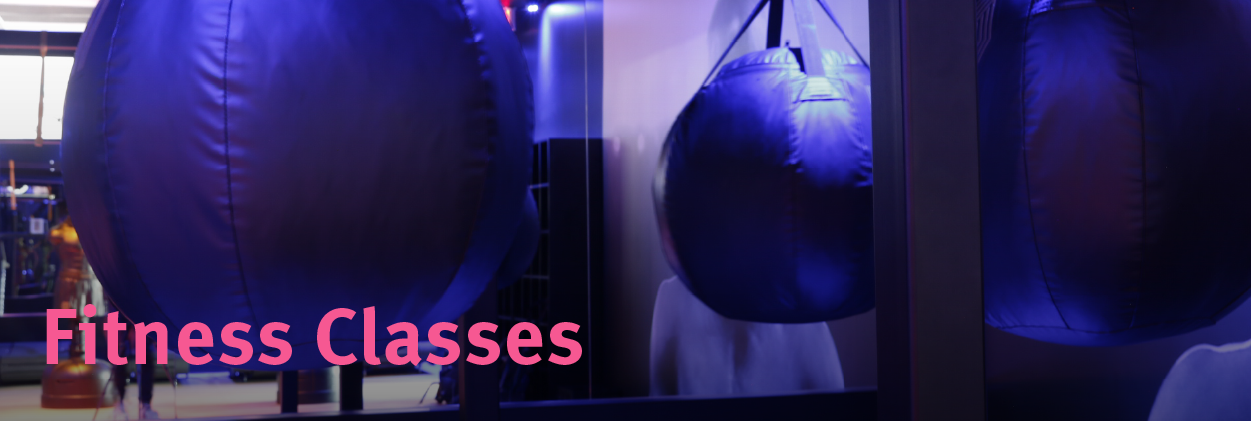
10. Try a new workout class
Looking for a workout that gets your heart pumping? Try high-energy boxing classes at Mayweather Boxing + Fitness or group fitness programs for adults and seniors at the Tukwila Community Center.
For the kiddos, Urban Warriors offers a unique blend of martial arts, parkour, and acrobatics classes for kids of all ages (and adults too!).
BONUS: Cheer on the Seahawks at Billy Baroo’s
Sports bars count as sporty, right? Catch the Seahawks on the big screens at Billy Baroo’s, enjoy game-day bites, and soak up the energy—no pushups required.
______________________________________________________________________________________________________________
As the days get shorter and the weather turns dreary, staying active can feel like a challenge—but it doesn’t have to be. Whether you’re looking to burn some energy, try something new, or simply get out of the house, Tukwila offers a full lineup of indoor adventures for every age and interest. So when the winter blues creep in, trade the couch for a little movement and discover how much fun you can have staying warm, dry, and active right here in Tukwila.

